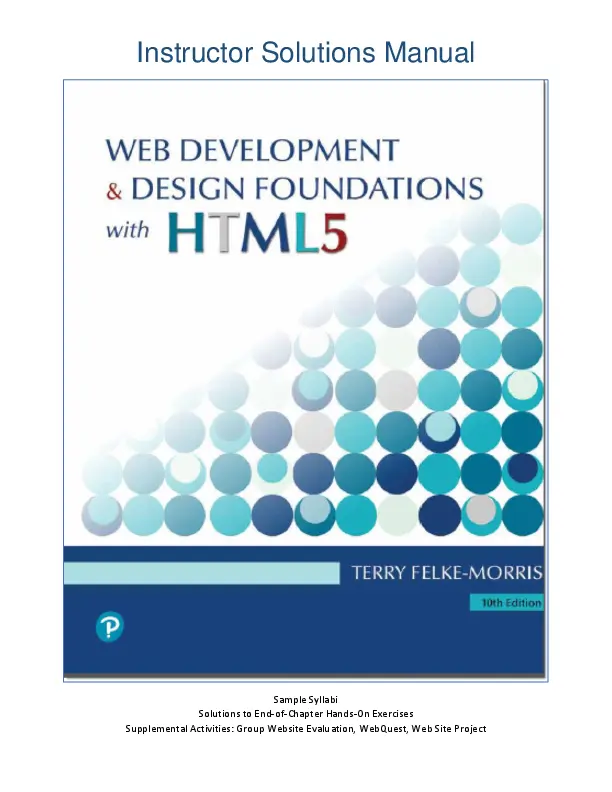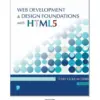Your bag is empty
Don't miss out on great deals! Start shopping or Sign in to view products added.
Shop What's New Sign inDon't miss out on great deals! Start shopping or Sign in to view products added.
Shop What's New Sign inDon't miss out on great deals! Start shopping or Sign in to view products added.
Shop What's New Sign inAny sufficiently advanced technology is indistinguishable from magic.6.
A diagram of the organization of a web site is called a site map. A site maprepresents the structure, or organization, of pages in a website in a visual manner. Creating the site map is one of the initial steps in developing a web site.
7. Answers will vary. Here is a sample with the minimum requirements.According to Tim Berners-Lee at https://www.w3.org/WAI/:
The power of the Web is in its universality. Access by everyone regardless of disability is an essential aspect.Copyright © 2002-2020 Terry A. Felke-Morris Page 2 http://terrymorris.net Instructor Material Web Development & Design Foundations: HTML5 & CSS3, 10th Edition Chapter 2 8. Answers will vary. Here is a sample with the minimum requirements.
This website is a companion to our textbook and provides helpful resources for each chapter.
This website provides a tool to validate the HTML on our web pages.
Our professional staff takes pride in its working relationship with our clients by offering personalized services that listen to their needs, develop their target areas, and incorporate these items into a website that works.
3. Find the Error. The page is missing the closing tag. Hands-On Exercises 1.text goes here
2. body { background-color: #eaeaea; color: #000033; } Copyright © 2002-2020 Terry A. Felke-Morris Page 1
$18.99 $29.99Save:$11.00(37%)
0 (0 Reviews)






Don't miss out on great deals! Start shopping or Sign in to view products added.
Shop What's New Sign in
